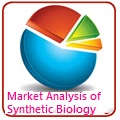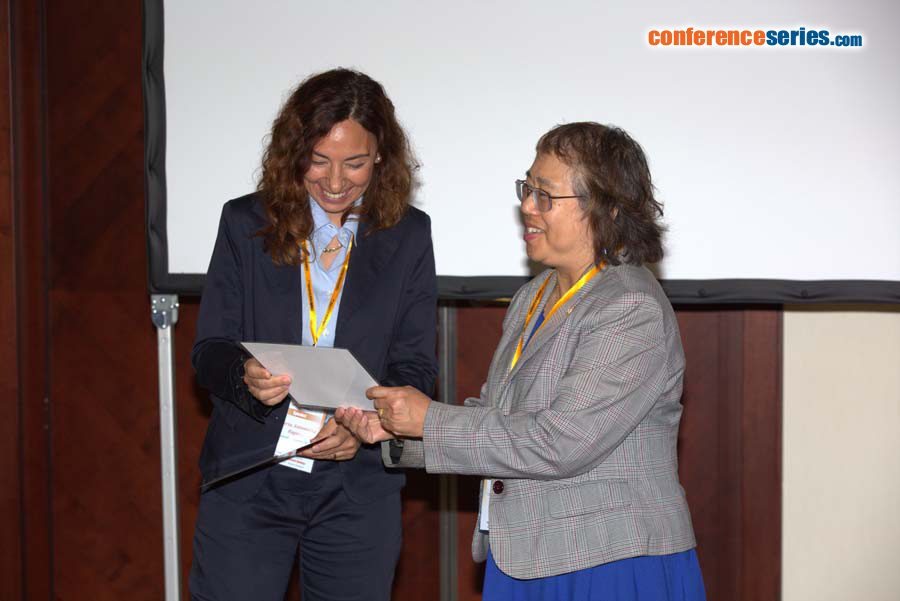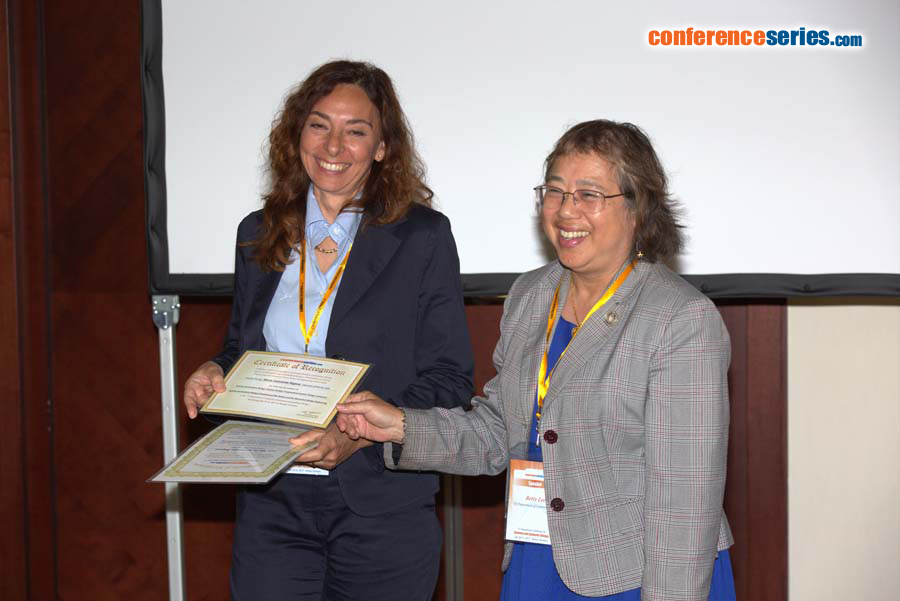
Maria A Ragusa
University of Palermo, Italy
Title: Metallothionein family in sea urchin: Genes and their expression during embryo development and following exposure to stressors
Biography
Biography: Maria A Ragusa
Abstract
Echinoderms represent a very fascinating phylum belonging to deuterostome superphylum, including also hemichordates, tunicates and vertebrates. Among echinoderms, sea urchin species are studied worldwide as excellent model organisms for the study of developmental biology, and are suitable as bioindicators. During a study on the defense strategies activated by Paracentrotus lividus sea urchin embryos in response to CdCl2, we isolated five metallothionein (MT) cDNAs. Two of the five MT genes were constitutively expressed, whereas the other three genes appear to be specifically switched-on in response to cadmium treatment. With the aim of better understanding the evolutionary relationships, functional variety, and the utilization of MTs during development, the gene organization of P. lividus MTs was analyzed and their mRNA expression patterns were unveiled. Particularly, we determined the expression profiles and the spatial patterns of MT transcripts during development and after metal and antimicrobial drug treatments. MTs show a high polymorphism both in sequence/structure and expression pattern. In the light of our findings it seems reasonable to consider MT7 and MT8 as the major variants associated with physiological functions, playing their major roles in metal homeostasis and redox activity in ecto-, meso- and endo-dermal tissues. On the other hand, a metal detoxification role can be attributed to MT4, 5, and 6, particularly important in mesenchyme cells for the skeletogenic pathway. Since differences not only between the two classes occur, each isoform would correspond to a more definite physiological function. For these interesting results we started to study the mechanisms that control MT gene expression in sea urchin embryogenesis.
Speaker Presentations
Speaker PPTs Click Here






